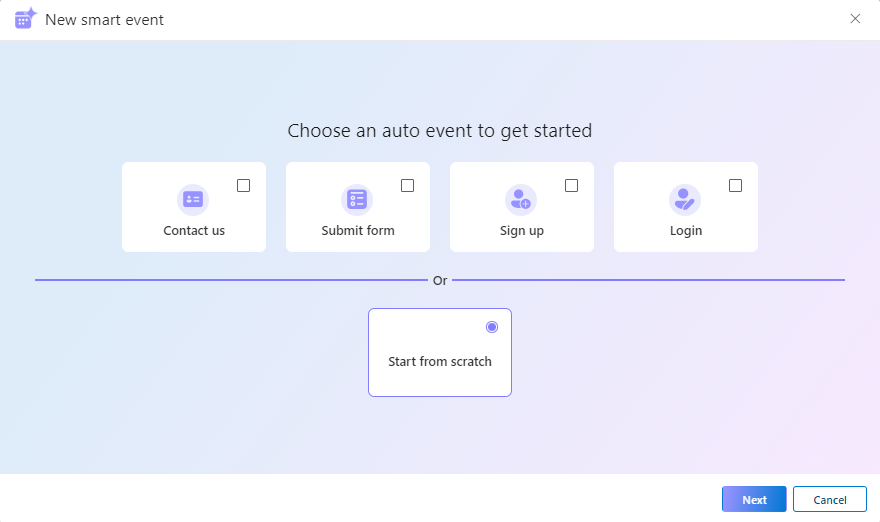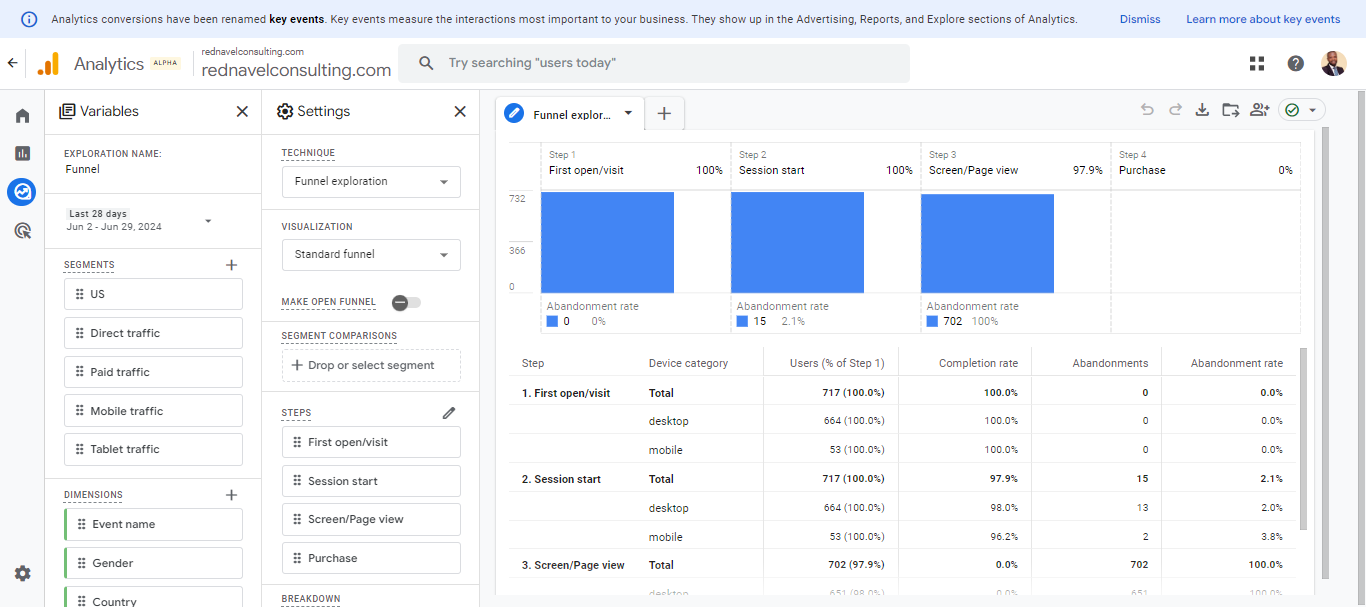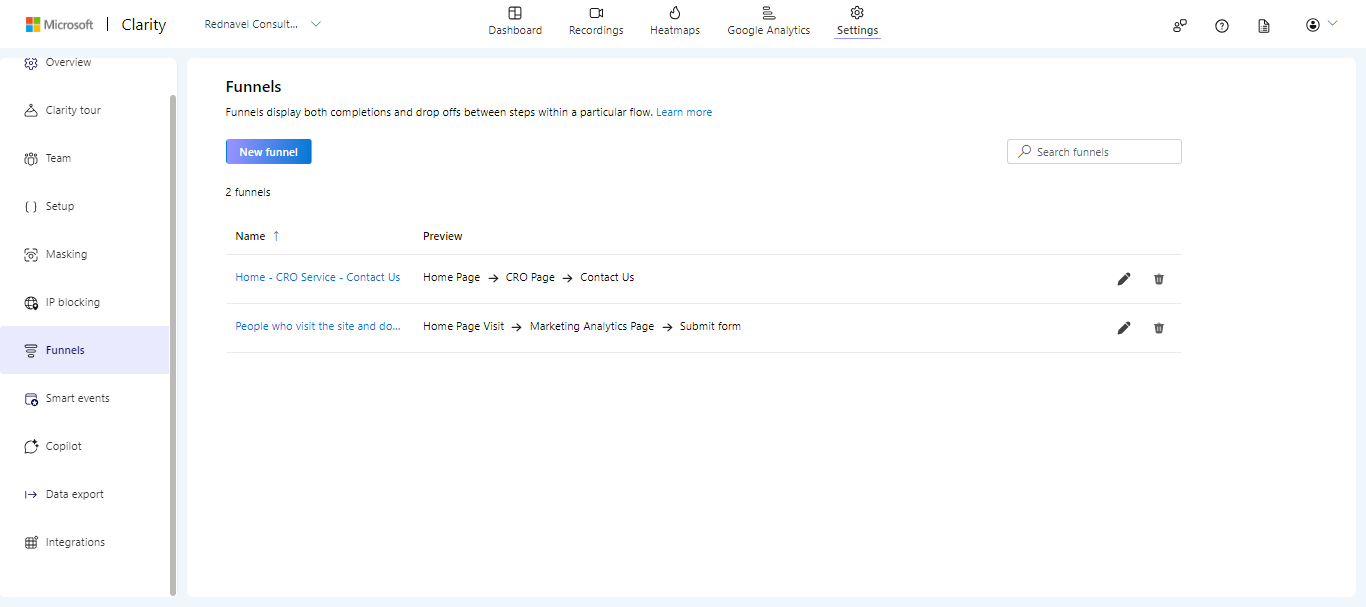If you pause a tag in Google tag manager, does it still load on the page?
Does it affect page speed and is it a best practice to delete the tag as opposed to pausing it?
If you pause a tag in Google Tag Manager, it will not fire when the related conditions (triggers) are met. This means that it should not have an impact on the page load speed as the tag’s scripts are not being executed.
However, it’s worth noting that while the tag itself isn’t being fired, the Google Tag Manager script is still being loaded on the page because it’s needed to evaluate all the tag rules and decide which tags should fire. So, if your only concern is the page speed, pausing tags wouldn’t reduce the time it takes to load the GTM script itself.
As for the question of whether it’s best practice to delete a tag versus pausing it, it depends on the specific circumstances.
Here are a few considerations:
- Future Use: If there’s a possibility that you might want to use the tag again in the future, pausing it is a good idea. This allows you to simply unpause it when you need it again, rather than having to recreate it from scratch.
- Clutter: If you have a lot of paused tags that you’re not using and have no plans to use, it might make your Google Tag Manager interface cluttered and confusing. In this case, deleting unused tags could be a good idea to keep your interface clean and easier to manage.
- Tag Limit: Google Tag Manager has a limit on the number of tags per container. If you’re reaching that limit, you might need to delete some tags rather than just pausing them.
- Troubleshooting: Sometimes it’s useful to pause tags when you’re troubleshooting issues. It allows you to isolate the problem by process of elimination.
- Version Control: Google Tag Manager has built-in version control. When you delete a tag, you can still retrieve it from a previous version if needed. However, finding and restoring tags from old versions can be more time-consuming than simply unpausing a tag.
Remember, changes you make in Google Tag Manager (like pausing or deleting tags) do not take effect on your site until you publish the container. So you can make and test changes without affecting your live site.
Pros and cons of pausing the tag versus deleting the tag in Google tag manager
Here is a comparison of the pros and cons of pausing versus deleting a tag in Google Tag Manager:
| Pausing a Tag | Deleting a Tag | |
|---|---|---|
| Pros | 1. Easy to reactivate if needed in the future. 2. Good for troubleshooting, as it can be helpful to isolate issues. 3. Doesn’t permanently remove the tag configuration. | 1. Reduces clutter in the GTM interface. 2. Helpful if you’re nearing the GTM tag limit per container. 3. Ensures obsolete tags don’t accidentally get reactivated. |
| Cons | 1. If not managed properly, can lead to a cluttered GTM interface. 2. Doesn’t help if you’re nearing the GTM tag limit. | 1. If you want to use the tag again, you’ll have to recreate it or restore a previous version. 2. Deleted tags might be reactivated accidentally if an old version of the container is published. |
When to use which approach really depends on your specific situation. If you think there’s a good chance you’ll want to use the tag again in the future, pausing it is probably the best choice. If the tag is outdated or you’re certain you won’t use it again, deleting it might be better.
Remember that organization and documentation are key when managing tags. Whether you’re pausing or deleting, make sure to keep track of why you’ve made those decisions, so you or others can understand the logic in the future. Also, take full advantage of GTM’s built-in versioning system, which allows you to roll back changes if needed.









